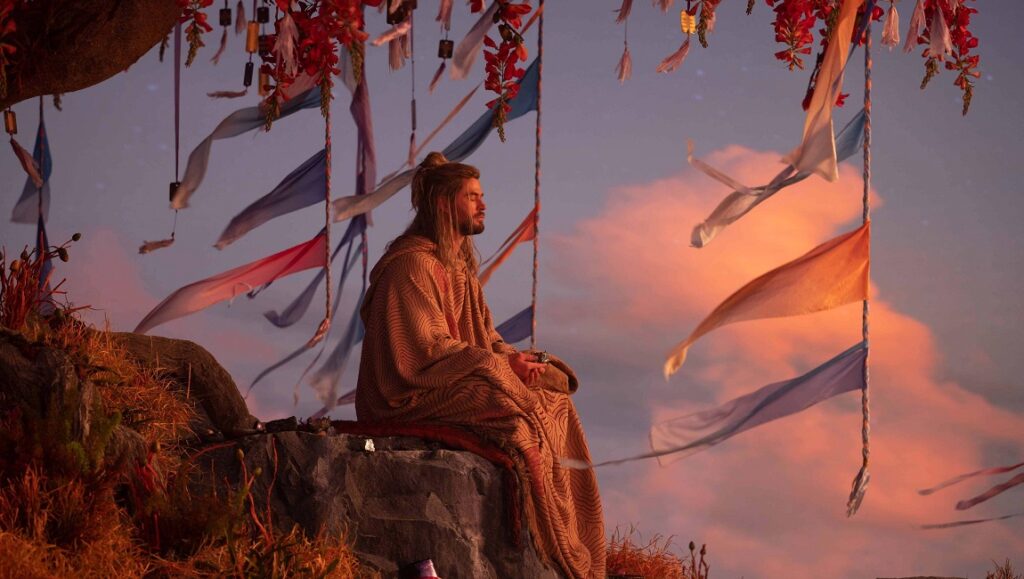Thor: Love and Thunder is a film that has TV series written all over it, and is but the latest MCU entry to land with little oomph.
Where did we leave Thor (Chris Hemsworth) at the end of 2019’s Avengers: Endgame? If memory serves, he was fat and hanging out with the Guardians of the Galaxy. That’s pretty much where we find him at the start of his fourth standalone movie and the 28th Marvel Cinematic Universe entry, Thor: Love and Thunder: he’s zipping around the cosmos righting wrongs and helping the helpless alongside that aforementioned merry band of space pirates. Meanwhile, there’s an alien dude, aptly named Gorr the God Butcher (Christian Bale), who hates all Gods because his was mean to him, and so he’s subsequently going around killing all of them. This snaps Thor into action for some reason, presumably since Gods are cool and need to be protected. Along the way, he teams up with his ex-girlfriend, Jane Foster (Natalie Portman), who surprisingly (or not, if you’ve seen the trailers) now wields Thor’s magic hammer Mjolnir, granting her all his powers and rightly making her The Mighty Thor. Also along for the ride is rock-man Korg (voiced by director Taika Waititi) and Valkyrie (Tessa Thompson), the new King of New Asgard (on Earth, remember?).
That’s a clothesline plot on which to hang a lot of goofy bits and rom-com nods that don’t really cohere into much of a narrative. On paper these characters — especially Hemsworth’s — are funny enough to carry this two-hour sitcom episode, but in practice Thor 4 lurches from one green-screened set piece to the next without any real stakes or trajectory beyond a sort of giddy, playing-with-my-toys vibe that’s perfectly happy to pick up and discard plot strands and the occasional vague thematic platitude pretty much at will. Waititi’s last Thor movie, Ragnarok, had the benefit of a sturdy narrative spine to carry it through its goofball digressions and sitcom-y humor, not to mention some lovely techno-fantasy production design and music. Love and Thunder, unfortunately, doesn’t boast such compensatory elements: instead, it takes place mostly in desolate moonscapes and deserts, supported by the blandest possible digital videography and a generic fantasy score. As with the Doctor Strange sequel from a couple months back, the hints of a — for lack of a better term — “auteurist” perspective on the material (there Sam Raimi’s trademark snap-zooms and canted angles, here Waititi’s wry, hyperactive sarcasm and anachronistic humor) are fun enough to spot and inject a bit of personality, but nothing ever congeals; every scene just feels like a placeholder until we get to the end and set up the next thing.
It’s this lack of cohesive vision and empty artistry signaling that is most indicative of the Marvel monolith’s current struggles, and increasingly, it almost seems as if the circumstance of a Phase 4 MCU that’s so recently and enthusiastically embraced episodic TV is experiencing a bit of mission creep. But even within this context, Love and Thunder is a bit of a novelty: whereas most of the Disney + shows might have been streamlined and strengthened had they taken the form of a two-hour movie, this movie is simply a television series through and through.


Comments are closed.